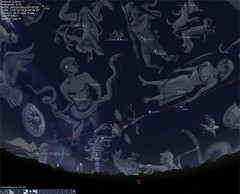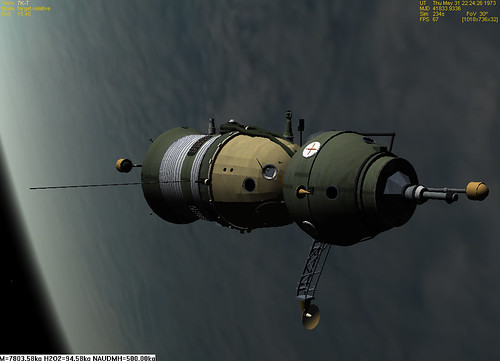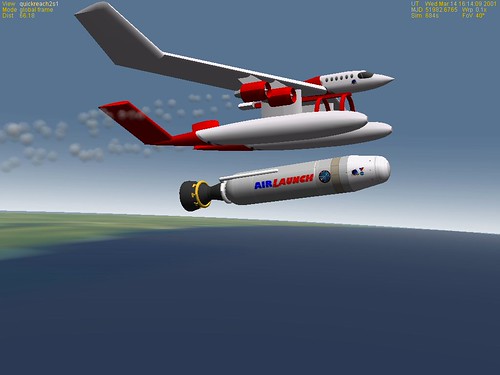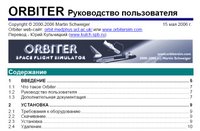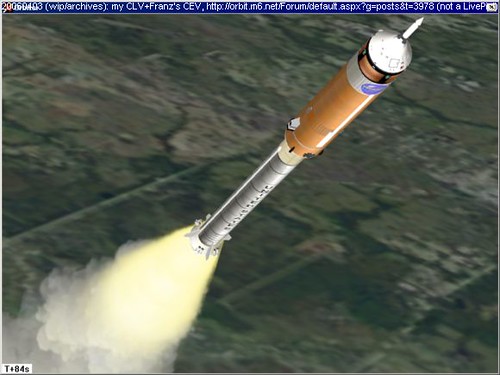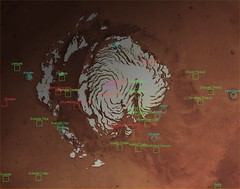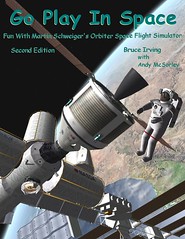
I like
Discover magazine, but I have to accept it for what it is - "science lite," more or less. Because it tends to be detailed and technical, science can be a tough sell for the general reading public. Discover's approach is to focus on the human interest side of science stories, without a lot of technical detail. And for me, that's OK for most subjects. I know it's not the final word, but I learn about a lot of things in more depth than I usually get from the web or Newsweek.
But sometimes Discover's approach can be overly dramatic. The
cover story (subscription required) of the June 2006 issue features the headline "Are we trapped on Earth? Why cosmic rays could prevent us from leaving" (i.e., leaving for long-term flights to Mars and beyond). The story (which features some great Mars surface photos) refers to new research on galactic cosmic rays and suggests that these heavy, energetic particles might contribute not only to long-term cancer risk, but also cause short term and potentially debilitating damage to human organs, most alarmingly to the brain.
The key term here is
might - the article mentions some of this recent research but mostly summarizes issues and concludes that there are a lot of factors that aren't known very well, some of which might interact with other factors, and some of which could be pretty scary if they happened.
In
The Case for Mars, Robert Zubrin talks about "killing dragons" that seem to bar the way to human flights to Mars, radiation being one of them. Zubrin estimates that the average radiation dose people will experience over a 2.5 year Mars mission (from cosmic rays and solar flares) is on the order of 50 rem, a non-trivial amount that could significantly increase the risk of various cancers, but comparable to other risks that many people take on voluntarily. He estimates that long-distance airline crews might receive half of this dose over a 25 year flying career (around 1 rem per year, 2 rem/year is a recommended limit mentioned
here). This
2005 paper (PDF) suggests a similar figure, but notes that there are many factors (e.g., solar maximum vs. minimum years, time of exposure, etc.), though it also points out that cosmic-ray intensity has varied considerably over time, and that data collected since the space era are not necessarily typical (e.g., estimated shielded dose levels in 1954 would have been ~62 rem). This
2004 NASA article ("Can people go to Mars?") gives some other perspectives. Note that a large proportion of the exposure (~75%) would occur in transit, since the atmosphere of Mars and simple shielding measures on the surface would provide substantial protection (even though Mars lacks Earth's protective magnetic field). Also see Health Physics Society FAQ on space and radiation
here.
My point is not that radiation exposure on Mars missions is a trivial matter, or even that it is completely understood. More research is clearly needed, and many experts believe the risks can be moderated by various technical measures. Even if they remain fairly high (as are many aspects of space flight), there will still be people willing to accept these risks as part of the price of exploration of the Solar System.
Note added on May 25: Excellent discussion of this topic at Hobbyspace
here.
